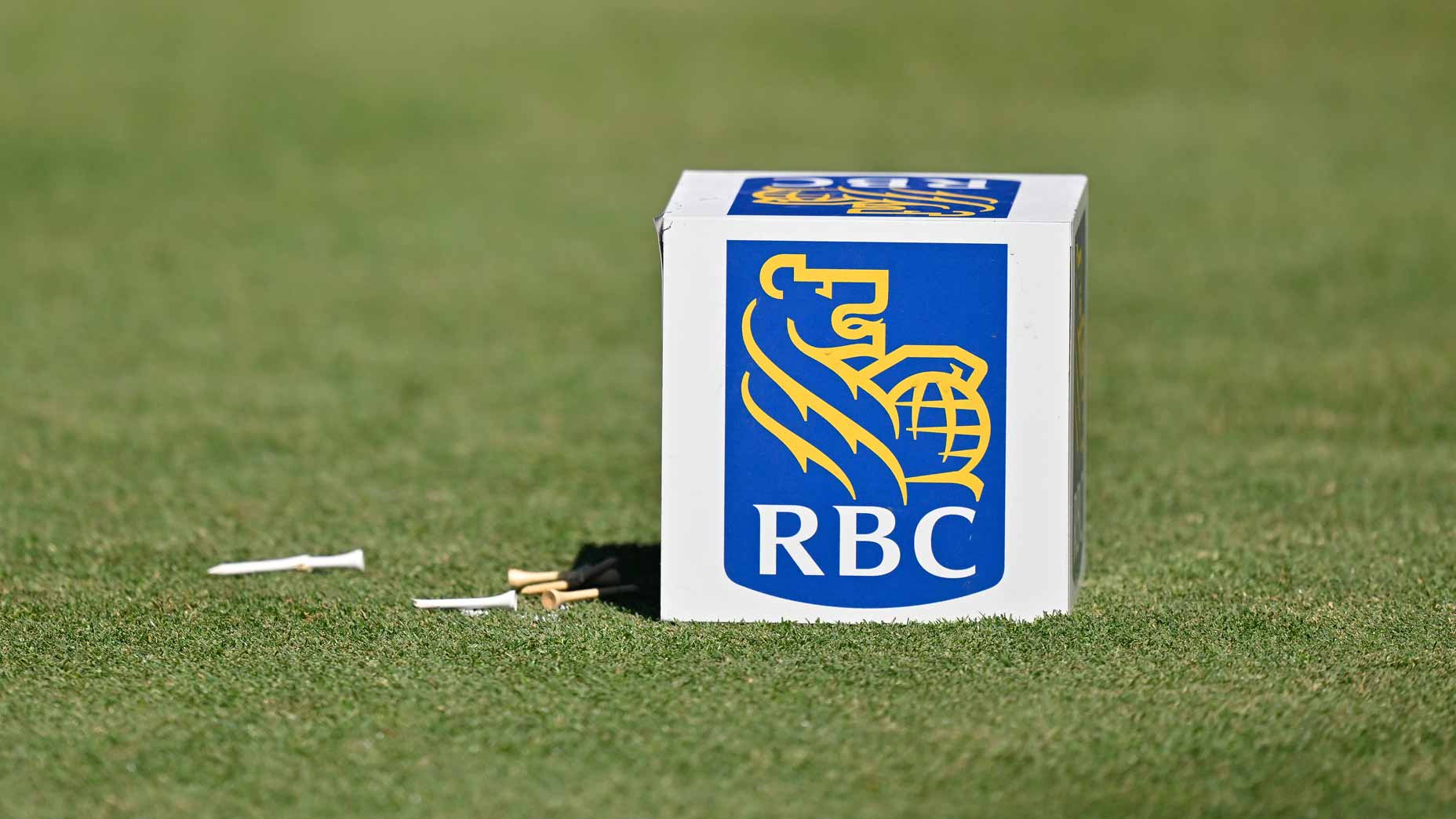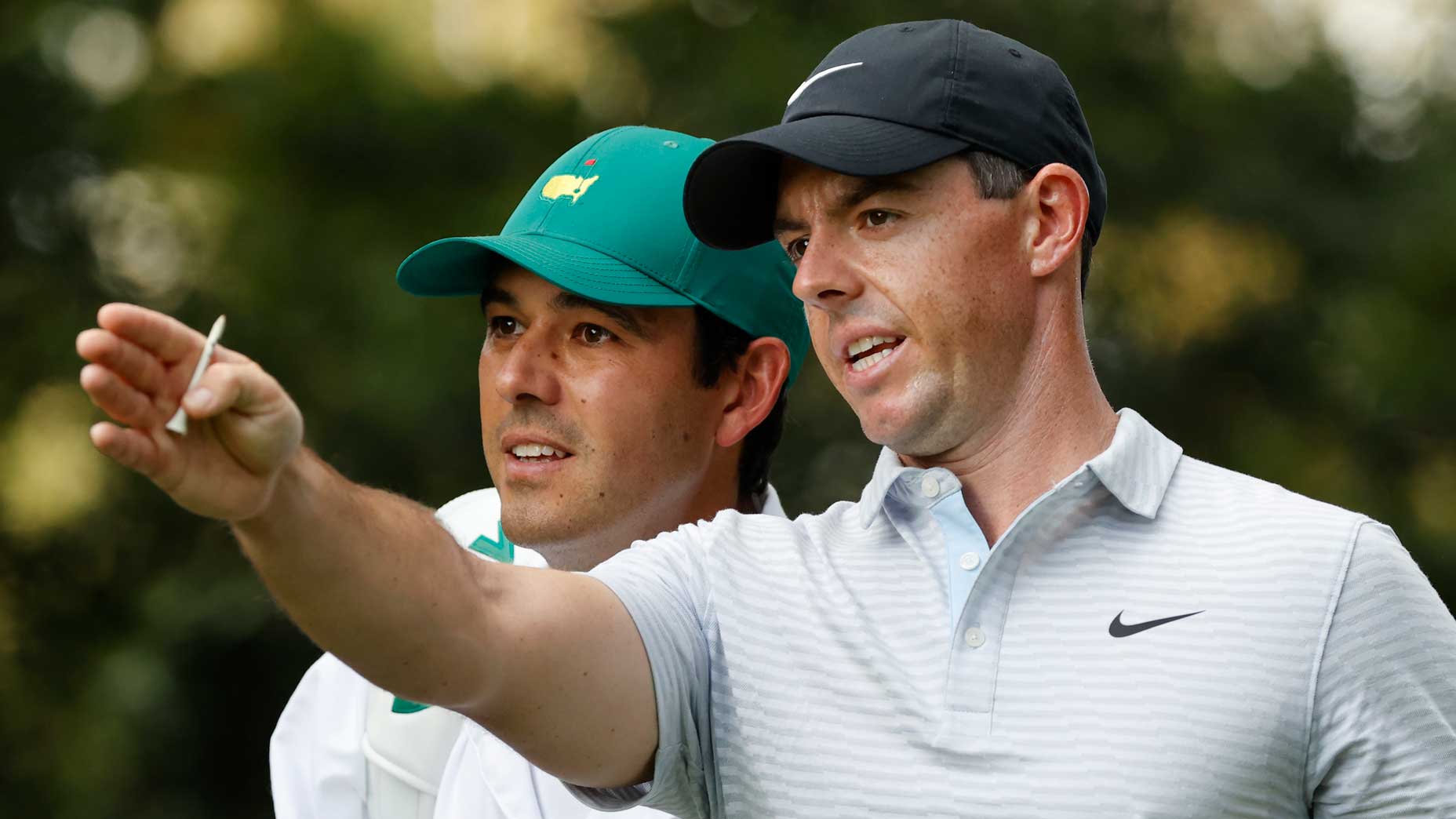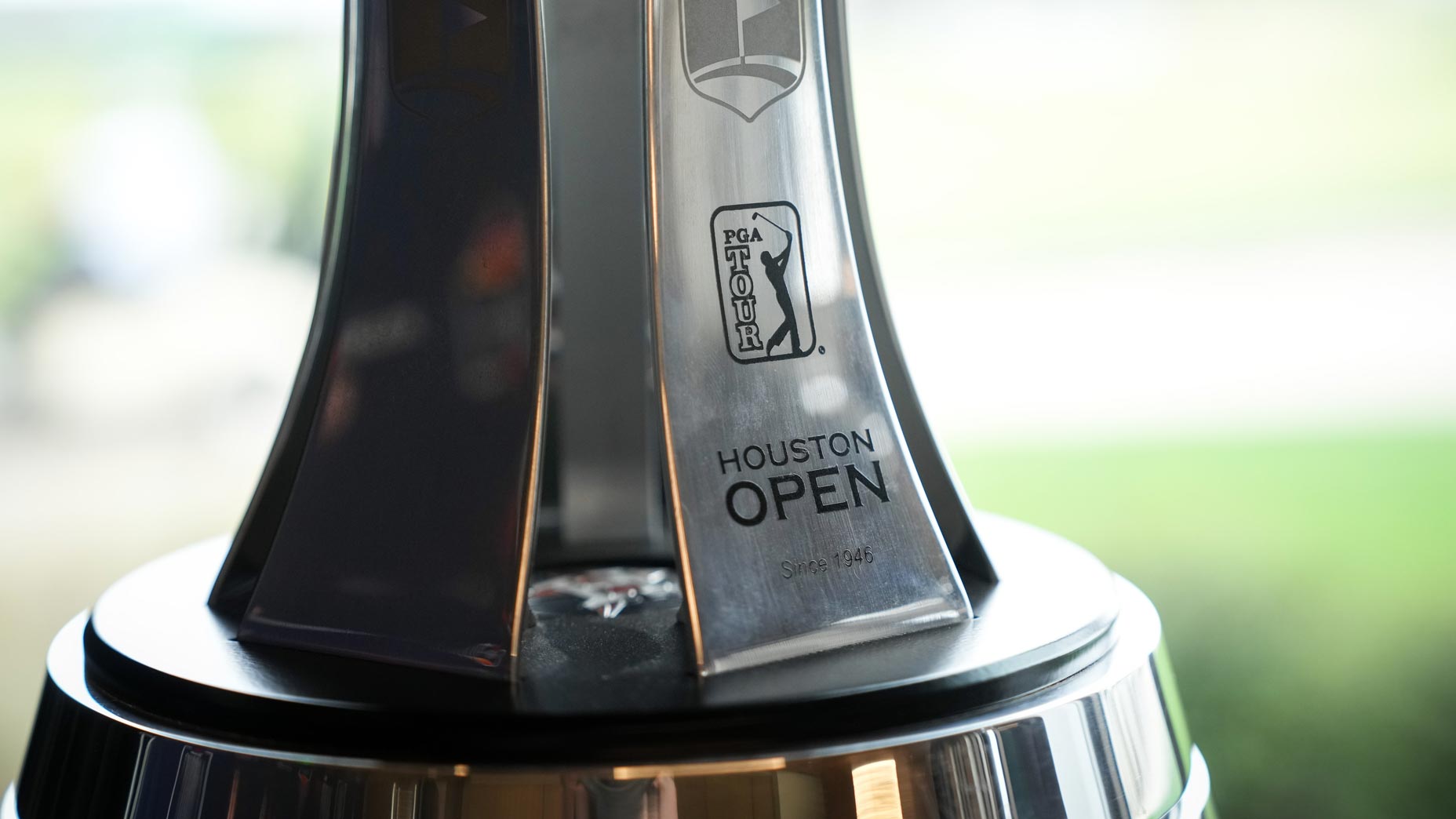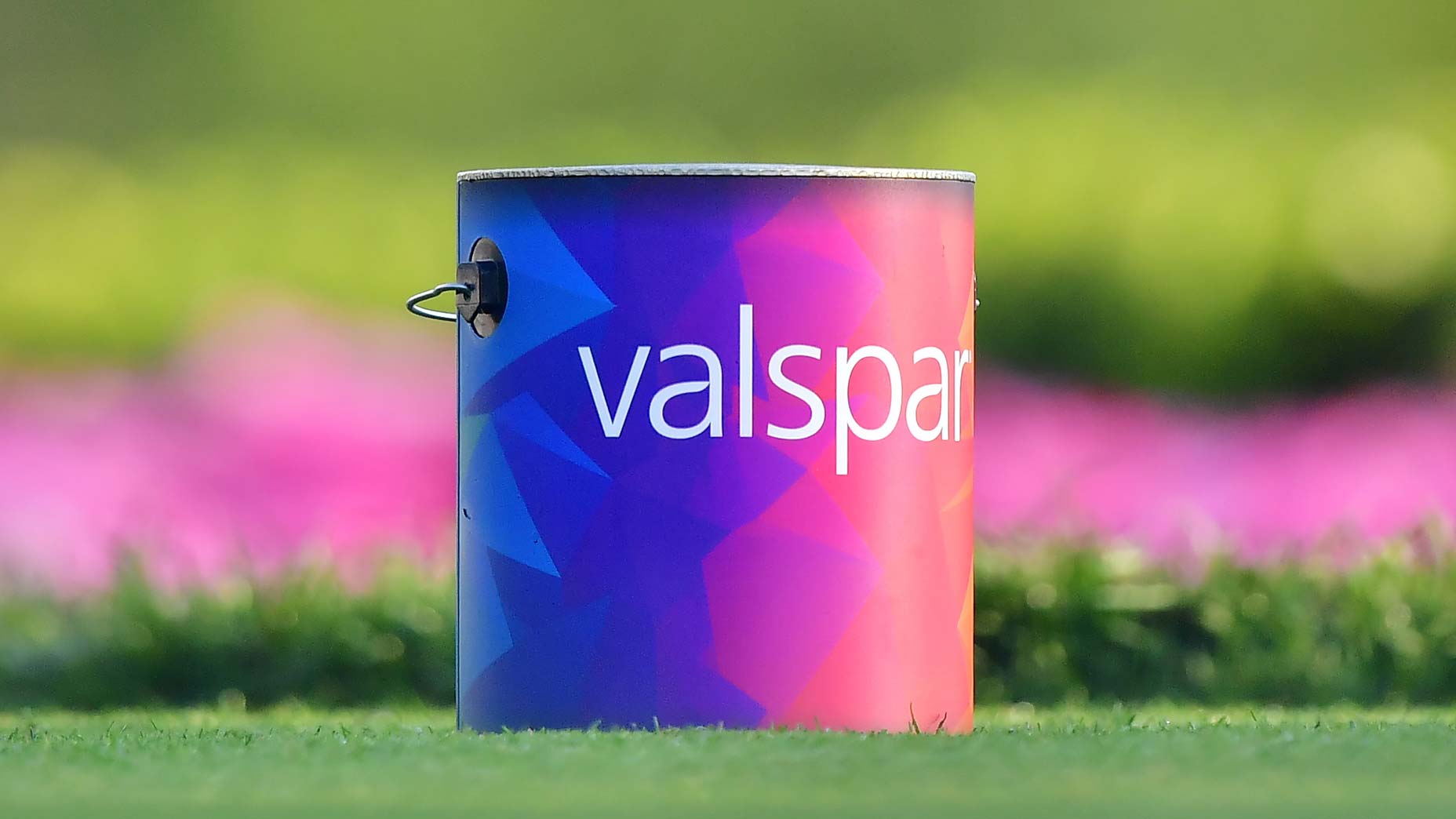Major-championship winners aren’t created equal, but major-championship winners at Shinnecock share commonalties: fairway-splitting drives, deft iron play and unshakable nerves, to name a few. Even so, the last three U.S. Open winners at Shinnecock — Ray Floyd (1986), Corey Pavin (1995) and Retief Goosen (2004) — hoisted their hardware having completed unique journeys. Floyd, 43 at the time of his win, knew he had it won when he stuck an approach to the center of the 18th green on Sunday. On the same hole, then 35-year-old Pavin hit one of the most famous shots in Open history: a 228-yard, 4-wood approach to five feet — where he missed a trophy-clinching birdie putt and had to sweat out his victory. Goosen, also a 35-year-old winner at Shinny, triumphed despite a crowd pulling hard for eventual runner-up Phil Mickelson, and greens — particularly on the par-3 seventh — so baked out by the course’s brutal winds that they repeatedly had to be syringed. Heading into this month’s U.S. Open, GOLF asked each of these Shinnecock survivors for their thoughts on the course, their memories of championship Sunday, and their hunch about who’ll tame the Southampton beast this year.
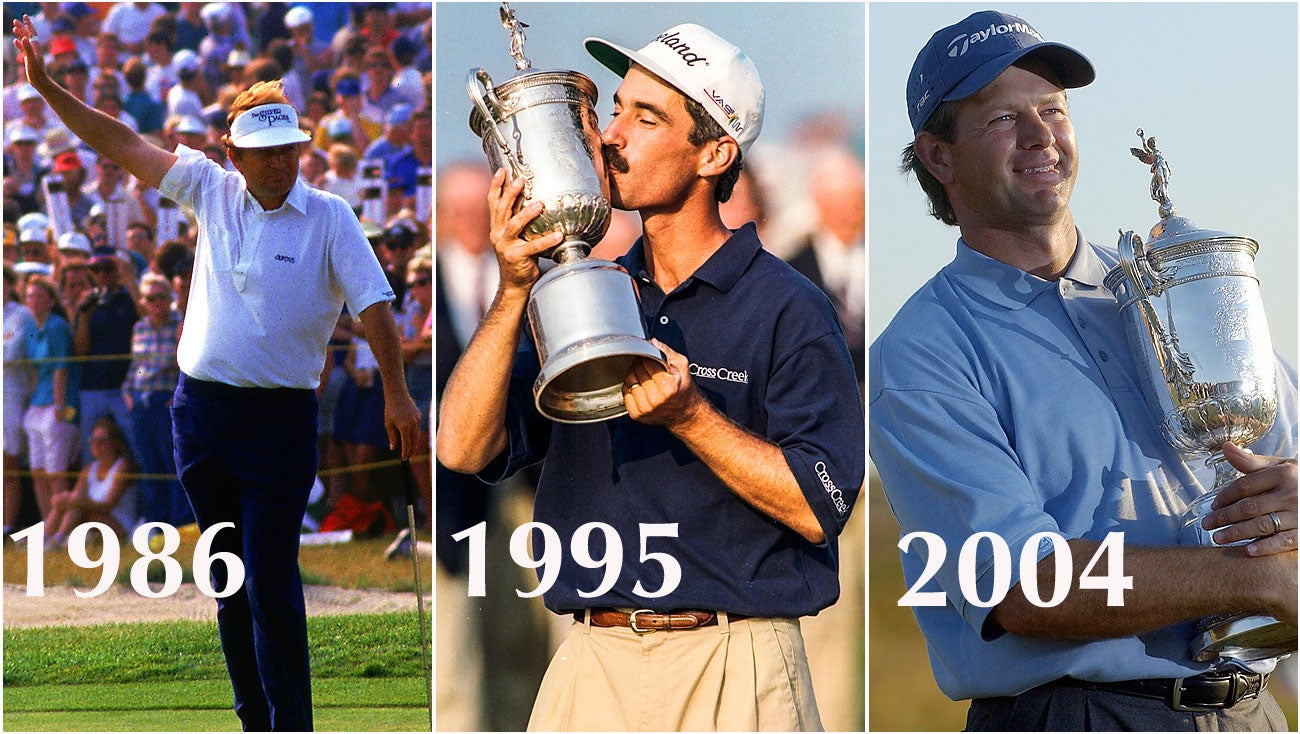
What kind of player thrives at Shinnecock?
Ray Floyd: It doesn’t suit any one game or any one kind of player. You’ve just gotta be well-rounded. The golf course, the way it’s routed, is genius. If you look down from above, every hole goes in a different direction.
Corey Pavin: You have to control your ball very well, mostly because it’s going to be windy. You have to be able to shape shots. And you have to be a very good short putter. Put all those things together and that’s what you look for.
Retief Goosen: I don’t think it’s a specific player that it suits — at least not when I played there. You have to hit it straight and make a lot of putts.
Floyd: You’re going to be challenged with every wind direction during your four-hour trip around there.
Pavin: Look at the guys who won there. They’re great thinkers around the course. Good strategists.
Goosen: The best players come out. You need it all — and a little bit of luck.
What’s the most daunting part of the course?
Goosen: It’s intimidating just standing on the tee box. Number one is driving; if you miss a fairway you’re struggling for pars.
Floyd: I always played by a game plan, and everything was predicated on the wind. A hole with par as a good score can become a birdie hole. The direction of the wind dictates everything. Again, that’s the genius of the architecture.
Goosen: There are certain holes — No. 3 comes to mind, and 7 and 11, the par 3s. They constantly play in the back of your mind; you think about them before the round even starts.
Pavin: The tee shot on 9, which requires a draw. That wasn’t my favorite shot.
Floyd: Take 9 and 10. Those holes play difficult in most winds, but that’s the wind from the south and the east. If you turn it around and get a west wind, those holes are straight downwind. Every wind direction changes your approach to every hole.
Goosen: I played 7 great in the first three rounds. I hit cut shots up against the wind. And I hit a perfect shot again on Sunday. It was unfortunate the green got out of hand. The U.S. Open has a way of getting a course to its limits.
What’s the secret to tackling Shinny’s putting surfaces?
Floyd: There are more undulations in the greens than you perceive. They don’t have the appearance of Augusta National, nor as much undulation. But the subtleness makes them very difficult to putt.
Pavin: I’d agree with that. You don’t have undulations like you have at Augusta or Oakland Hills or Oakmont. They’re also a lot smaller at Shinnecock, which requires good, clean iron shots. If you don’t hit a good iron shot into the green, you’re probably chipping. With smaller greens, you miss a shot and you’ve got work to do.
Goosen: It’s probably true, they’re not as slopey. But that’s why they can get them so much firmer and faster. They get it up there to 15 on the Stimp. You might have a flattish putt, but it’s extremely quick.
Pavin: There are a few greens you have to really pay attention to, like 9 and, of course, 7. Those are the ones with the most slope, and they’re the most difficult to putt. The putting surfaces were excellent in ’95. They were fast, but not uncontrollably fast.
Which players this year have the best chance to win?
Pavin: It’s probably the same group of guys most people think about: Justin Thomas, Dustin Johnson. Guys that can put it in the fairway and are tough mentally. Rory McIlroy, Jordan Spieth. But a few other guys can sneak in there, guys who drive it well and putt it well. The wind will probably blow. Where to place your shots is important.
Goosen: You’ve gotta go with guys in good form. My three favorites would be Rory, Dustin and Justin. At the end of the day, it’s easier hitting a 9-iron into the green than a 6-iron.
Pavin: Brian Harman also sticks out in my mind. Is he like me? He hits it better than me! But he’s tough and he grinds it out. I don’t know him that well, but he seems like he doesn’t get upset, or too high or too low, and that’s a good combination. And he played well last year on a golf course [Erin Hills] that I didn’t think would suit him well.
Floyd: In my Open, with nine holes to play, there were 10 players within one shot of the lead. Every one of those players had won golf tournaments, and maybe six or seven had won majors or went on to win one. There’s the quality of Shinnecock. It wasn’t a U.S. Open where local qualifiers were on the leaderboard.
What’s your favorite memory from your victorious Sunday?
Pavin: A lot of people talk about the 4-wood, but the putt I made for par on 17 was just as critical. It’s where I got a grip on the tournament. It was maybe five or six feet — it gets longer as the years go on! [Laughs] It was a hard putt — downhill, a ball or two outside the right edge. Under 71st-hole pressure, I probably hit the best putt of my life.
Floyd: I hit a 4-iron onto the green at 18, and I’m looking at the scoreboard and seeing that I have a two-stroke lead. There were a couple of groups behind me, but I knew I’d won the tournament when I hit that shot onto the middle of the green.
Pavin: The fans on 18 were very kind to me. They started chanting my name: “Cor-EE, Cor-EE.” That was pretty cool. I don’t think that had ever happened to me before. But the tournament wasn’t over for me, and I couldn’t relax like I wanted to. At least not yet.
Goosen: What I remember most is that it was tough. It wasn’t easy playing around the negativity that came out of the crowds behind the ropes. It was tough on me that Sunday.
Pavin: I didn’t have a champion’s walk—I was in the third-to-last group and I had only a one-shot lead. It was disappointing not making the putt on 18, because I knew if I made it was almost impossible for Greg [Norman] to catch me.
Goosen: I don’t think winning any major is a happy stroll, like you’re playing with buddies. It’s tough. You have to have nerves of steel and trust your game.
Floyd: That walk up to the green, at my age, 43 and nearly 44. I had never done well at U.S. Opens. I’d had one third-place finish in all my years. That was a pretty comfortable walk. You’re coming up and everybody is clapping. It was an incredible moment. They knew I had won it.
Pavin: I was actually on camera in the tower, with Dick Enberg and Johnny Miller, when I knew I was going to win. I only went up there because I knew I wouldn’t be playing more golf that day no matter what. When Greg hit his shot on 18, I saw the wind take it to the left, and he had to hole it to tie me. Johnny just turned to me. I’m sure I had thoughts in my head, but I couldn’t say them on live TV! I was just thrilled.
Goosen: Funny enough, I haven’t been back to Shinnecock since that U.S. Open. I’ve been near it, but I haven’t gone through the gates. And I’ve only looked at the footage twice. I don’t know why I haven’t watched it. Just too busy playing other tournaments. I suppose I’ll look at it more once I retire.
Pavin: For me, it was a long time coming. I had won about 12 tournaments. I was 35, and I’d had an opportunity to win a few majors but didn’t get over the hump. It was certainly something I wanted on my résumé. It filled in a big hole in my career.

FLOYD’S FORTUITOUS PRACTICE ROUND
Knowledge is power. Local knowledge? Power and then some, as Floyd learned before his Open triumph.
“In ’86, I had never been on Long Island before. We got out there Sunday night, after the [Westchester Classic]. I wanted to get up and see the course, and play early Monday. My caddie didn’t get out until midday, so I took a local caddie to get me around there that first morning. I was lucky, because he taught me local knowledge. You don’t pick it up unless you play a number of rounds at Shinnecock, but, of course, the clubhouse is the highest point on the course. That whole piece of land is downhill. So the caddie said to me, ‘If you ever have a putt going east to west or west to east, you have to remember the subtleness of the slope. It’ll affect your ball and make you over-read or under-read a putt.’ Sure enough, he was absolutely correct. There were breaks there you didn’t see and, at other times, no break that you thought you saw. That certainly helped me in ’86. Unfortunately, I don’t remember the caddie’s name. It was so long ago!”



